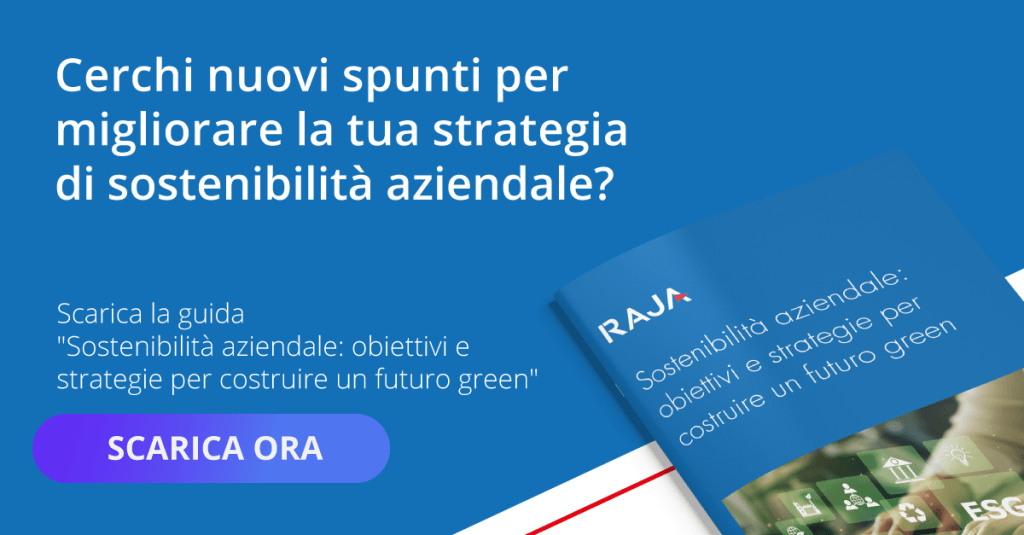Creating an effective ESG (Environmental, Social, Governance) report is crucial for companies wishing to communicate their commitment to sustainability and social responsibility. A well-structured ESG report also helps improve corporate reputation and stakeholder trust.
In 2023, the ESG reporting process became more sophisticated and regulated, reflecting the increasing importance that consumers, investors and regulators attach to corporate sustainability.
ESG regulatory framework
In the dynamic sustainability landscape, ESG reporting is not an island. It is part of an archipelago of regulations and standards that define and shape its practice. Globally, organisations such as the Global Reporting Initiative (GRI) have pioneeredwidely recognised voluntary standards for sustainability reporting, emphasising the importance of aspects such as human rights, environmental impact and fair labour practices.
They were joined by the recent ESRS sustainability standards adopted by the European Commission, which will come into force in 2024.
In Italy, the regulation ofESG reporting (Environmental, Social, and Governance) is influenced by a combination of national and international regulations, as well as voluntary standards adopted by companies.
The main bodies and regulations governing ESG reporting include:
- Commissione Nazionale per le Società e la Borsa (CONSOB). It is the supervisory authority for the financial market in Italy and ensures that listed companies comply with transparency obligations, including ESG aspects.
- Ministry of Economy and Finance (MEF). The MEF may issue decrees and guidelines that affect financial and non-financial reporting of companies, including ESG aspects.
- Legislative Decree 254/2016. This decree transposed EU Directive 2014/95/EU into Italian law, obliging large public interest companies to include a non-financial statement within their consolidated financial statements. This statement must cover relevant ESG aspects.
- European legislation. Italian companies are also subject to EU regulations, such as the Corporate Sustainability Reporting Directive (CSRD), which is an extension of the previous Non-Financial Reporting Directive (NFRD). The CSRD will require companies to provide more detailed information on their ESG impacts.
- Global Reporting Initiative (GRI). Although not a regulatory body, the GRI provides a widely adopted voluntary standard for sustainability reporting, which many Italian companies follow.
- Sustainability Accounting Standards Board (SASB). Similar to GRI, the SASB provides a set of industry-specific ESG reporting standards that are used voluntarily by companies to guide disclosure of sustainability-related risks and opportunities.
- Task Force on Climate-related Financial Disclosures (TCFD). The TCFD recommendations are being adopted by a growing number of Italian companies to more effectively communicate climate-related financial risk disclosures.
- Organismo Italiano di Contabilità (OIC). This body deals with Italian accounting standards and, although it does not focus exclusively on ESG, its guidelines influence the way companies report financial and non-financial information.
The art of planning in ESG reporting
ESG reporting is the responsibility of ESG management and requires a strategic and integrated approach from an early stage, with a focus on setting medium-term goals. This overall strategy must take into account regulatory compliance and the impact on corporate reputation.
The process of preparing the ESG report starts well before the first word is put down. It is a path that involves careful planning and a thorough understanding of the objectives to be achieved. The first crucial step is the clear definition of the report’sobjectives. This involves establishing precisely what you intend to communicate and what results you aim to achieve through the document.
The objectives of the report can vary widely, ranging from mere regulatory compliance to more ambitious goals, such as influencing investors’ decisions or improving thecompany’s overall reputation. This variety of objectives underlines the importance of a flexible, medium-term oriented approach that can adapt to the specific needs of the company and the context in which it operates.
Gathering information and choosing indicators
The choice of indicators to be included in the report is an equally crucial step. The indicators must reflect the areas of sustainability relevant to the company and its stakeholders, balancing the environmental, social and governance spheres. At this stage, it is also important to define the information collection process : who will collect the data, how and from which sources.
All planning steps must be aligned with the company’s long-term sustainability goals. This alignment ensures that the ESG report is not an isolated exercise, but an integral part of the company’soverall strategy.
Basic principles of data collection
ESG data collection is a challenge that requires precision and care. Companies need to establish clear and repeatable measurement methodologies that can be used year after year to ensure consistency and comparability. It is crucial to identify reliable data sources, which can range from internal data, such as financial and operationaldata, to external data, such as sustainability indices or industry databases.
From raw data to meaningful information
Theanalysis of collected data is the bridge between collection and communication. The goal of analysis is to transform raw data into information that tells a meaningful story about the company’s ESG impact. This process requires analytical skills and the ability to identifymeaningful trends, patterns and correlations .
Storytelling in ESG reporting
An ESG report is not just a collection of facts and figures; it is a narrative that must strike a positive chord with stakeholders. Storytelling techniques are key to turning analysis into a story that informs, inspires and motivates. This means presenting the data in a way that highlights the company’s progress, challenges and efforts on its day towards sustainability.
Effective communication strategies
Communication strategies in ESG reporting must be targeted and multi-channel. This can include combining text, graphics, images and even multimedia to create a dynamic and interactive report. Furthermore, it is important to consider different reportingformats for different stakeholders, from executive summaries to detailed technical reports.
Communication Best Practices
Examining and learning from communication best practices in the industry can provide valuable insights. Leading companies in ESG reporting often use a combination of:
- transparency,
- concreteness
- narrative.
These three elements will effectively convey their commitment and achievements in sustainability. To reinforce the message, the use of case studies, testimonials and quotes can add authenticity and depth to the report.
The importance of assurance and verification
In an ever-changing regulatory environment,quality assurance of ESG reports assumes a key role. Companies are increasingly encouraged to have their reports verified by independent third parties to ensure accuracy and reliability. This practice not only increases the credibility of reports but can also protect the company from legal and reputational risks.
Towards global standardisation: the future of ESG reporting
Looking to the future, the intention of many of these initiatives is to converge towards a set of global standards. The recent formation of theInternational Sustainability Standards Board (ISSB) at the G20 in Rome in 2021 is a significant step towards this goal. The ISSB aims to develop and endorse global standards for ESG reporting, thereby simplifying the process for companies and providing investors with clearer and more comparable information.
.















